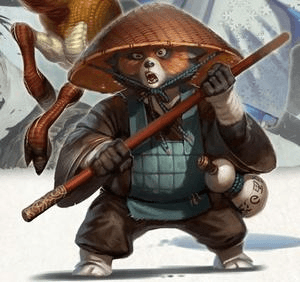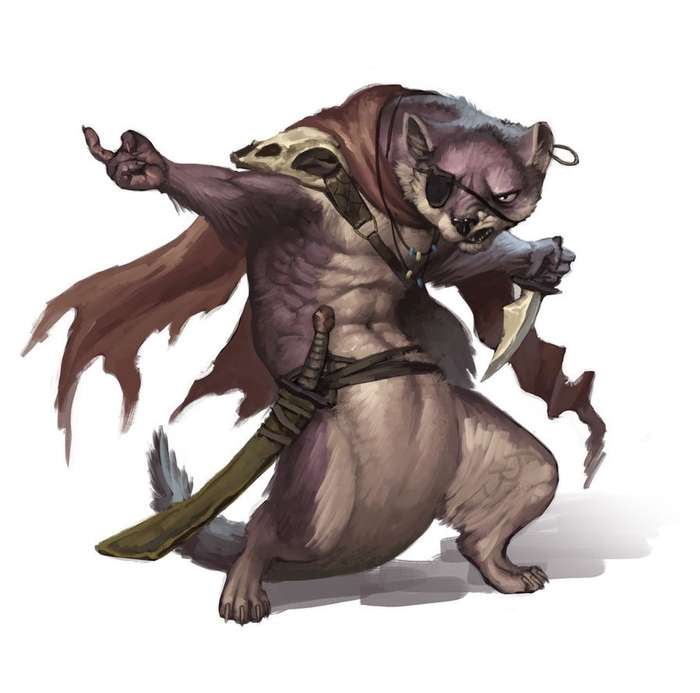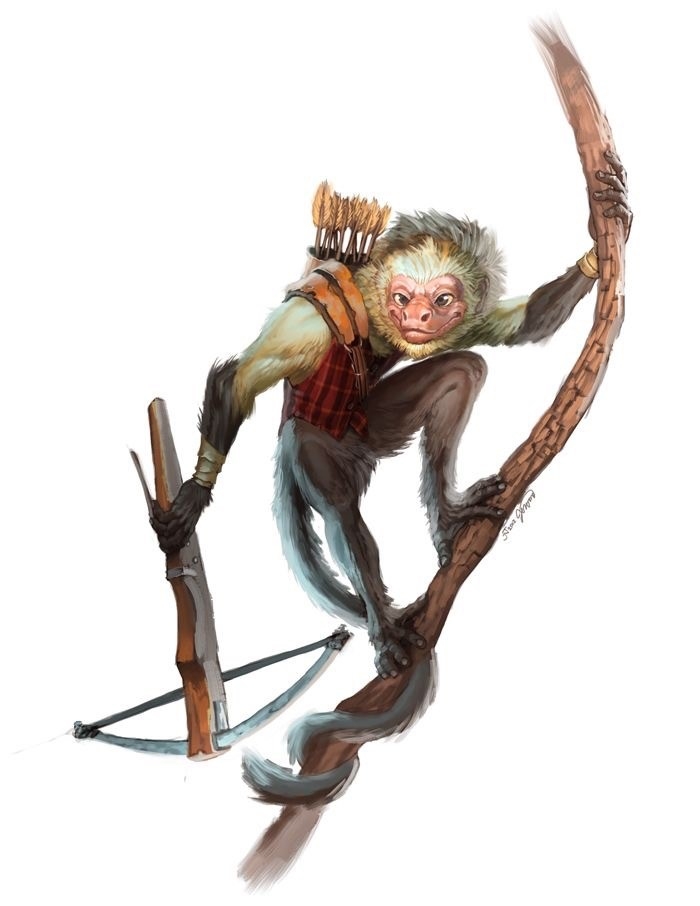Hengeyokai



The Hengeyokai are shape-shifting animals who can take either an animal or hybrid form. In their animal form, they are indistinguishable from regular animals. In their hybrid form, they appear as humanoids with the face of an animal. The first Hengeyokai were animals that gained power due to exposure to the Islands' magic.
Language and Names
The Hengeyokai have their own language (a form of Wyspan), which is the same regardless of animal type, and which they speak regardless of their form. They can also communicate with natural animals with the same form or closely related form as theirs. For instance, an Inu (dog) can understand dog and wolf language. They can also converse with Humans and Dragovians, as they adapt quickly to their surroundings and are semi-magical beings. They are usually named after their physical appearance or character traits.

Society and Customs
They are found throughout the Islands, usually on the fringes of dragovian civilization. Only the Tanuki form communities of their own, the others preferring loosely organized bands. They like to avoid prolonged contact with other races, unless they become the protectors of families. This is most common with the Inu (dog) and the Bakeneko (cat). In return for protection from outsiders, they receive food and sometimes shelter. Otherwise, Dragovians and other races usually avoid the Hengeyokai, particularly the Kitsune (foxes) and Mujina (badgers). The Hengeyokai tend to eat foods associated with their animal forms. For instance, a cat hengeyokai will be a strict carnivore, while a sparrow hengeyokai will only eat seeds and grain.

Sub-Races and Personality
There are thirteen sub-races of Hengeyokai:
- The Tanuki (raccoon dogs) are the main and biggest sub-race of Hengeyokai. They live in clans in the forest and elect a leader called the "Great Tanuki" to oversee land and organize its members. The most famous of them, who was in place when the Humans came to the Islands, is known as Ren, short for "Reneldae Brinelda Arthren" (Sylvan for Red Bear). Tanuki dwellings consists of crude but sturdy shelters made of wood and stone, similar to those of Hobbits. They share their land with the Saru (monkeys), who live in the trees in small families. They also let what they call the "inferior" races—the Nezumi (rats), Usagi (hares), Inu (dogs) and Inoshishi (boars) live on their land.
- The Kitsune (foxes) are the second biggest sub-race of Hengeyokai. They live in family dens and only interact with Dragovians or Humans to trade or cheat them of food or valuables. They are usually more intelligent than their fellow Hengeyokai.
- The Suzume (sparrows) have the least amount of contact with Dragovians and other Hengeyokai, preferring to keep to themselves in their mountain homes.
- The Bakeneko (cats) lead their lives relatively independently from other cats or Hengeyokai. They sometimes like to dwell in Dragovian families. They're great hunters.
- The Mujina (badgers)are territorial loners and fighters that are more likely to attack another one of their race on sight for trespassing.
- The Koi (carps), Kawauso (otters) and Kaeru (frogs) all share a common habitat in the rivers. They live in small families or bands and don't interact much with other Hengeyokai. They are the most pacifist of the sub-races.